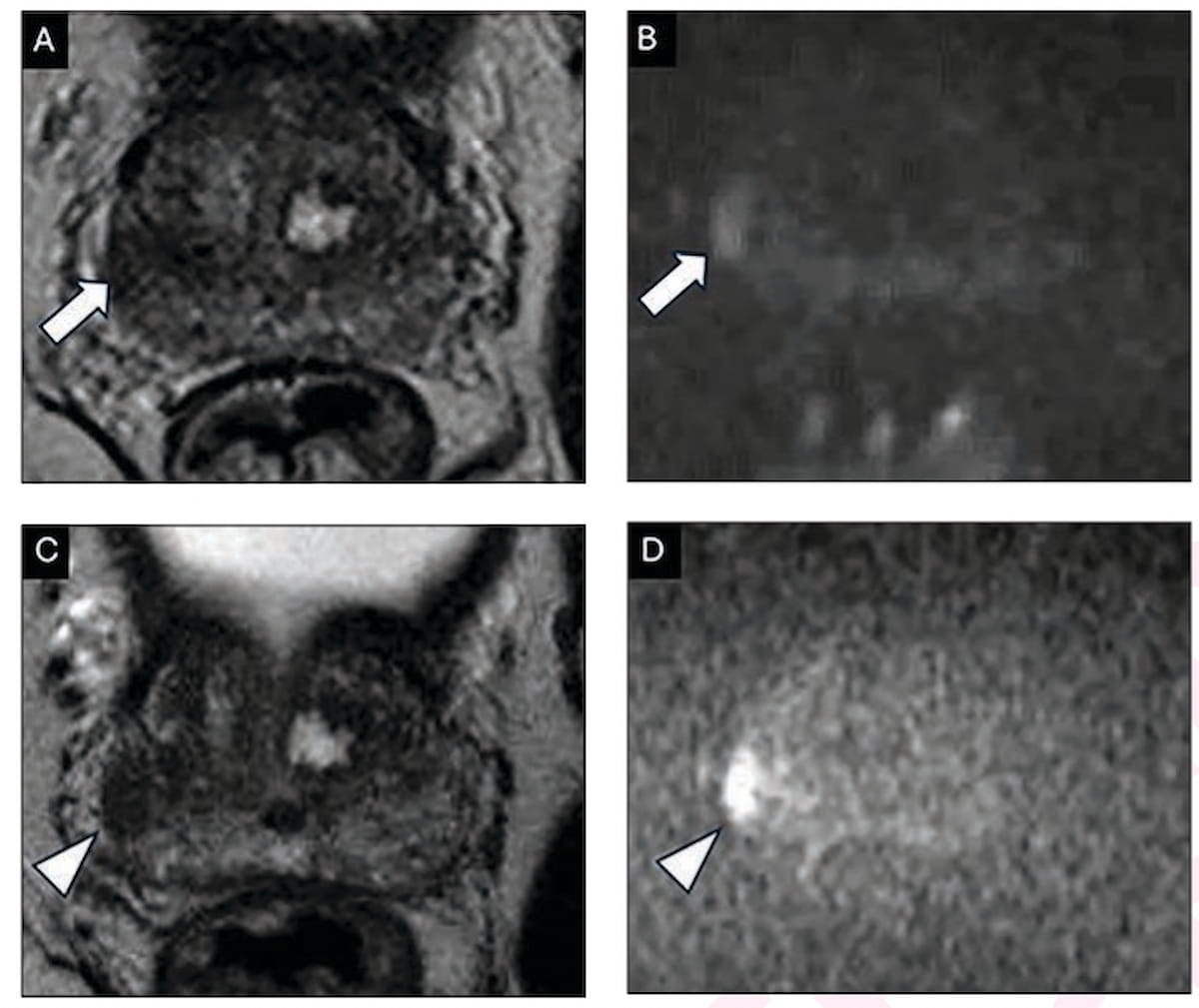- AI
- Molecular Imaging
- CT
- X-Ray
- Ultrasound
- MRI
- Facility Management
- Mammography
Going Beyond PI-RADS: A Closer Look at Emerging Prostate MRI Scoring Systems
In a recent review, researchers examined the pros and cons of specialized scoring systems for prostate MRI, including the PI-QUAL score, PRECISE recommendations, PI-RR scoring and PI-FAB assessments.
Challenges with the PI-RADS classification system include variable positive predictive values (PPVs) and 2019 research suggesting that it misses clinically significant prostate cancer (csPCa) 15 percent of the time. Criticisms of PI-RADS v2.1 include the lack of standardized image quality assessment and that it may not adequately address the use of multiparametric MRI (mpMRI) in assessing prostate cancer recurrence after procedures such as radical prostatectomy and radiation therapy.
Accordingly, in a new review of specialized MRI prostate scoring systems, recently published in the American Journal of Roentgenology, researchers examined the strengths and weaknesses of the Prostate Imaging Quality (PI-QUAL) scoring system, the Prostate Imaging for Recurrence Reporting System (PI-RR), the Prostate Cancer Radiologic Estimation for Change in Sequential Evaluation (PRECISE) recommendations and the Prostate Imaging after Focal Ablation (PI-FAB) scoring system.
Here are a few key takeaways.
1. Developed in 2020 to assess prostate MRI image quality, the PI-QUAL system has been assessed in multiple studies. In one study involving 300 patients who were referred for MRI-guided prostate biopsies, researchers found that PI-QUAL scores of < 3 were associated with an 18 percent higher percentage of indeterminate findings on mpMRI (51 percent) in comparison to optimal mpMRI quality scans (33 percent). Another study found that PI-QUAL scores above 3 were 20 percent more likely to be associated with higher positive predictive value (PPV) and PI-RADS assessment accuracy (56 percent) in comparison to PI-QUAL scores < 3.
Here one can see an 8 mm lesion on T2-weighted MRI (A) and diffusion-weighted imaging (DWI) (B) revealing an 8 mm lesion. Subsequent T2-weighted MRI and DWI views at three years showed growth of the lesion to 11 mm, resulting in a PRECISE score of 4. While biopsies at baseline and three years suggested an International Society of Urological Pathology (ISUP) grade group 2 classification, the final pathology assessment after a radical prostatectomy was ISUP grade group 3. (Images courtesy of the American Journal of Roentgenology.)

2. Noting that multiple studies have also demonstrated moderate to substantial interreader variability with PI-QUAL assessments, the review authors suggested that tripartite categorization of clinical implications and weighting of different MRI sequences could enhance the use of PI_QUAL. The researchers added that PI-QUAL scoring currently cannot be applied to non-contrast MRI.
3. While noting that multiple studies have validated the PRECISE recommendations as a standard reporting approach for follow-up MRI findings for patients on active surveillance (AS) for prostate cancer, a meta-analysis revealed a pooled negative predictive value of 88 percent but also found a pooled PPV of 51 percent.
4. Other challenges with PRECISE recommendations include a lack of accurate guidance for lesion size measurement with serial MRI, an inability to distinguish between MRI-visible and invisible lesions, and inconsistencies with lesion volume reporting, according to the review authors. They added that an updated version of the PRECISE recommendations is currently underway with an international expert panel.
5. Multiple researchers have demonstrated good to excellent reproducibility and interobserver agreement (up to 84 percent) with the PI-RR system. However, the review authors noted potential reproducibility concerns with the retrospective data thus far being primarily reported by experienced genitourinary radiologists. While hailing the PI-RR system as “an important advance in mitigating variability in mpMRI acquisition,” the review authors maintained that the PI-RR system is limited to recurrence risk assessment with the prostatic bed in patients who have had radiotherapy or radical prostatectomy procedures.
6. Noting the emergence of focal therapy (FT) in the treatment of localized prostate cancer, the review authors emphasized the importance of post-treatment monitoring given reported recurrence rates as high as 40 percent. Initially proposed in 2023, the PI-FAB system for post-RT monitoring demonstrated a 93 percent sensitivity rate in diagnosing clinically significant prostate cancer (csPCa) in a small 2024 retrospective study.
7. Emphasizing that the PI-FAB system is in early development stages, the review authors said the aforementioned 2024 study also found 54 to 63 percent specificity and a 54 to 59 percent PPV for the PI-FAB system. The researchers also pointed out that the PI-FAB system is largely dependent on dynamic contrast-enhanced MRI.
Emerging Perspectives on PSMA PET Radiotracers: An Interview with Kenneth J. Pienta, MD
April 24th 2024In a recent interview, Kenneth J. Pienta, M.D., discussed the impact of piflufolastat F18, current directions in research with other PSMA-targeted radiotracers and future possibilities for the role of PSMA PET in the imaging paradigm for prostate cancer.
New Literature Review Assesses Merits of Cardiac MRI After Survival of Sudden Cardiac Arrest
April 19th 2024While noting inconsistencies with the diagnostic yield of cardiac MRI in patients who survived sudden cardiac arrest, researchers cited unique advantages in characterizing ischemic cardiomyopathy (ICM) and facilitating alternate diagnoses.
